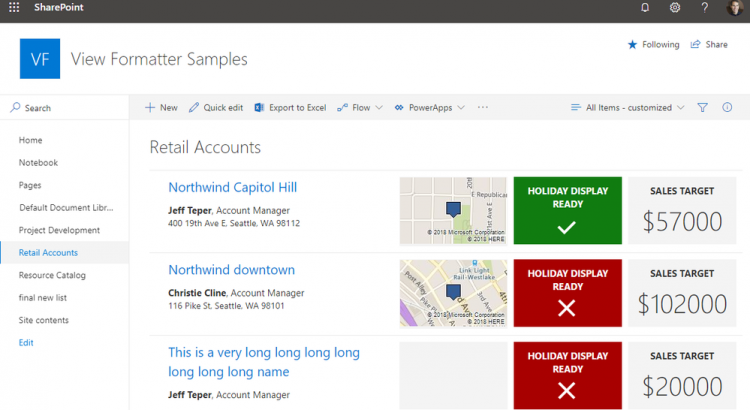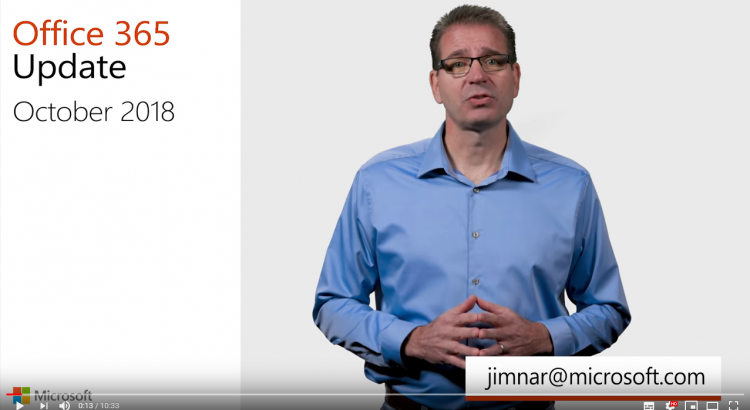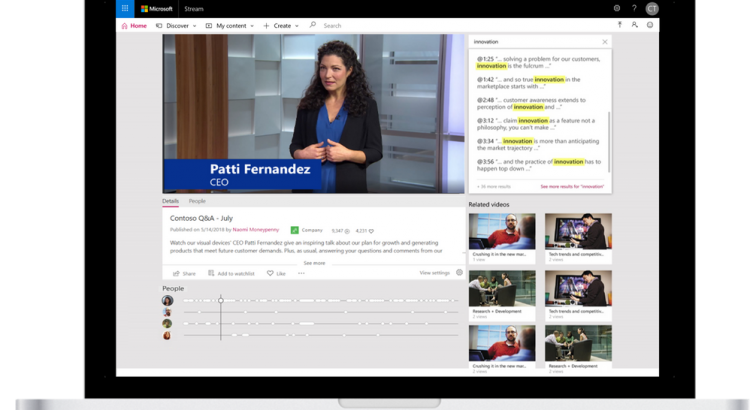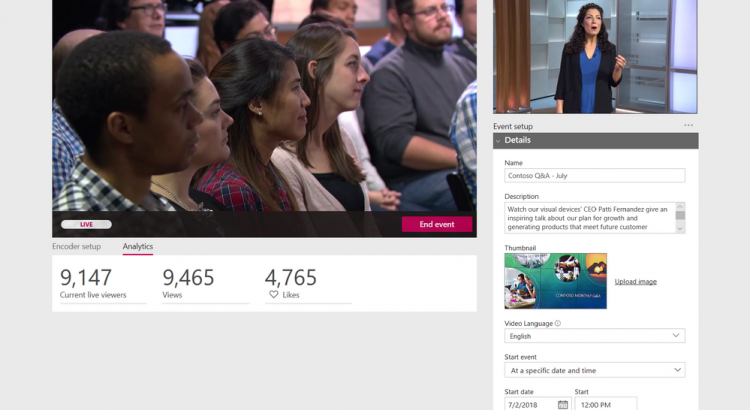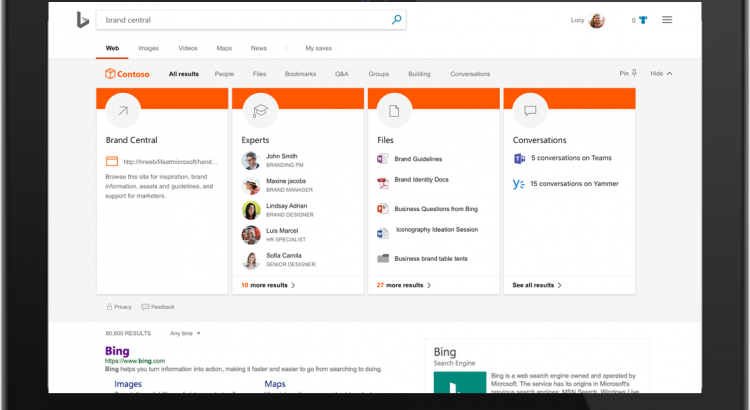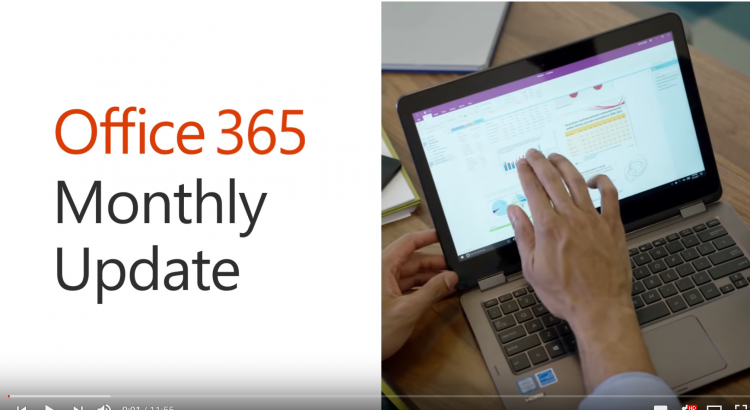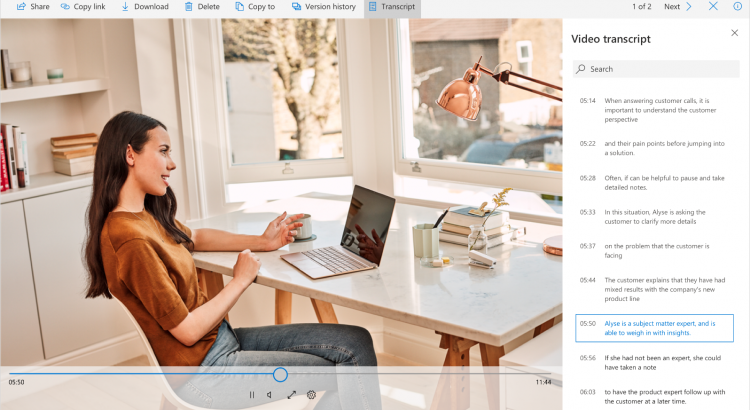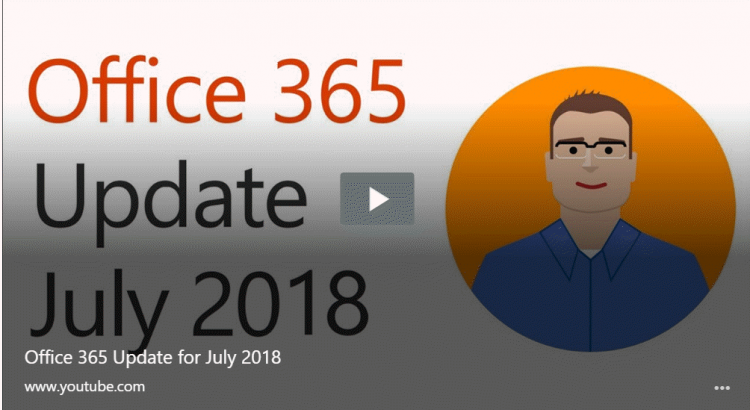publishing three new view formatting samples that you can use to jump start your own projects. The new samples demonstrate view formatting in document libraries and lists. They also demonstrate how to apply responsive designs to ensure the display looks great in desktop, tablet, and mobile devices as well as adjusting the layout appropriately when placed inside a web part on a page.
Each sample includes SharePoint site scripts, so you can quickly create the SharePoint lists and views that support the samples and try them out. And formatted views also work great inside SharePoint web parts or tabs on Microsoft Teams.
You can browse and download all these and more on the Microsoft 365 Resource Center.


